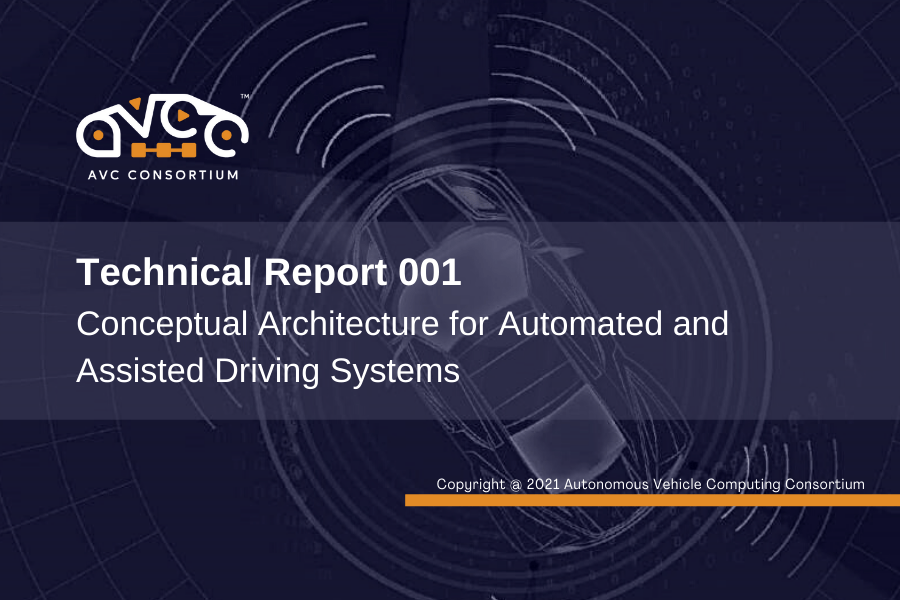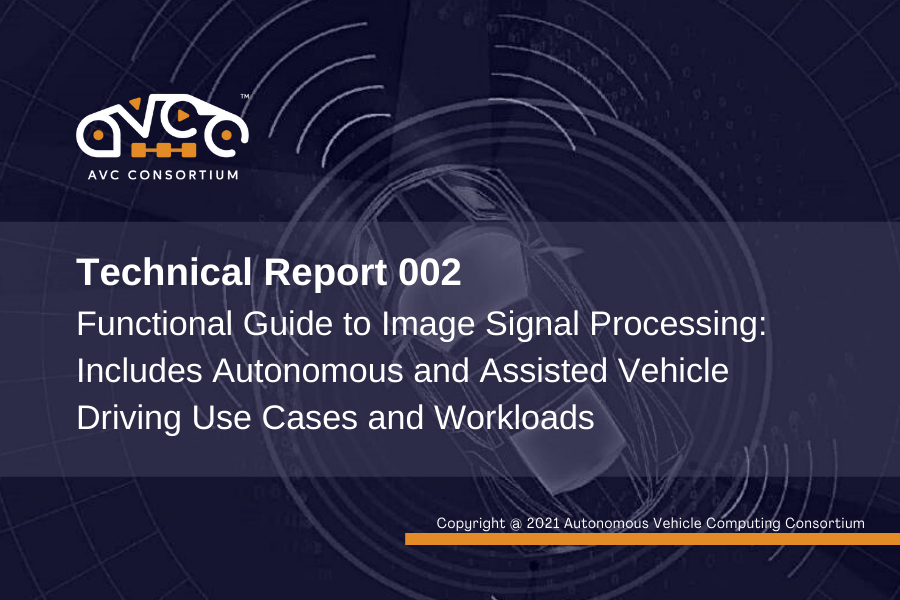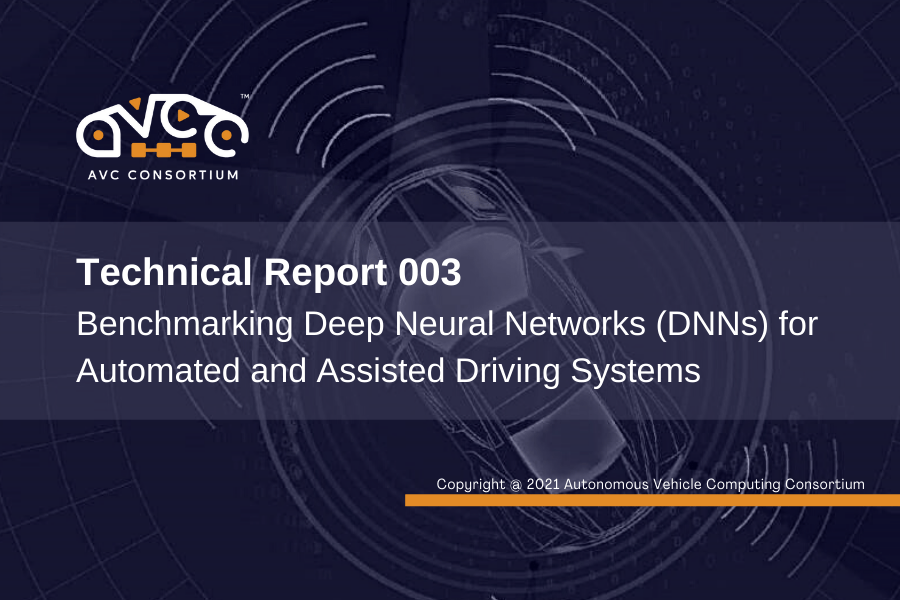Please complete the following form to access the report download:
About the Report: TR-005 Data-Oriented Communication Architecture for Automated and Assisted Driving Systems
AVCC is tackling the challenges of spiraling complexity, costs, and effort of vehicle software system development and maintenance by envisioning an ecosystem of interoperable software components that work together by adhering to a common set of principles, that are laid out as recommendations in this document. The recommendations help simplify and accelerate the development of software-defined vehicles via a common communication data architecture.
AVCC recommendations include recognizing and adopting data-oriented architecture as a best practice for building interoperable software systems, adopting the data-distribution service (DDS) international open standard as its data-oriented communication architecture standard, and using it to develop a common data model comprising of datatypes that describe structure and quality-of-service profiles that describe behavior.

The recommendations ensure that software developers can develop components independently, update them incrementally, and evolve them over time while exposing interoperable data-oriented communication interfaces that use a common data model with the common DDS software databus. An interoperable data-oriented communication interface can have multiple interchangeable component implementations appropriate to the use case (e.g., simulation, mock testing, etc.), may be implemented using an appropriate API and programming language, and may be sourced from multiple suppliers.

The recommendations ensure that system integrators can assemble software components that expose semantically interoperable communication interfaces, in various combinations as per system requirements, using a common DDS software databus to create differentiated software system architectures. Software components can be flexibly deployed on a variety of compute platforms; may be incrementally added, removed, or updated; and may be reused across product lines and models.
The recommendations open access to a competitive marketplace of reusable software components, that can be rapidly integrated around the common data model by using a common DDS software databus on a variety of compute platforms, thus simplifying software system integration while lowering the cost of system development, deployment, and maintenance.



